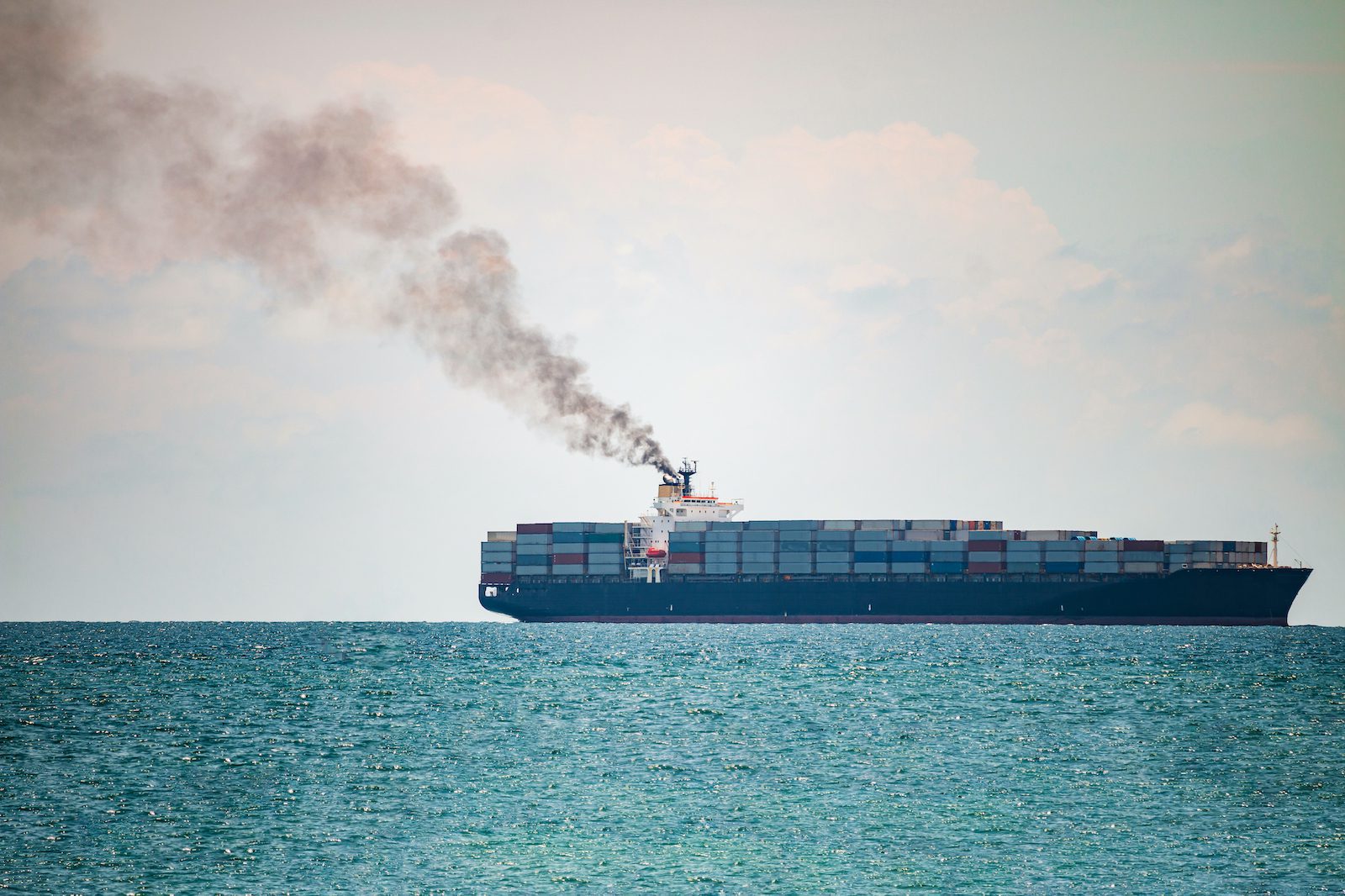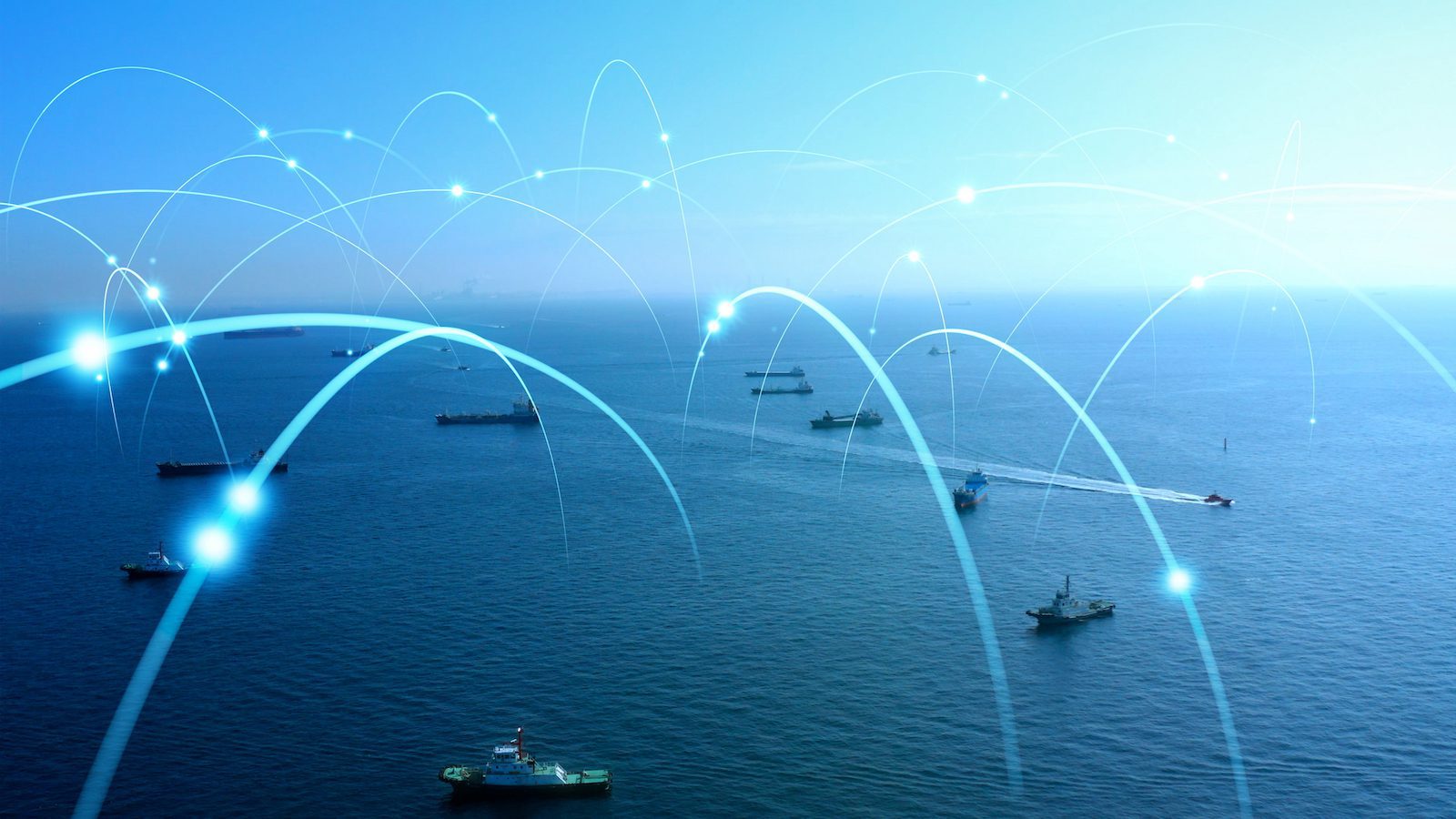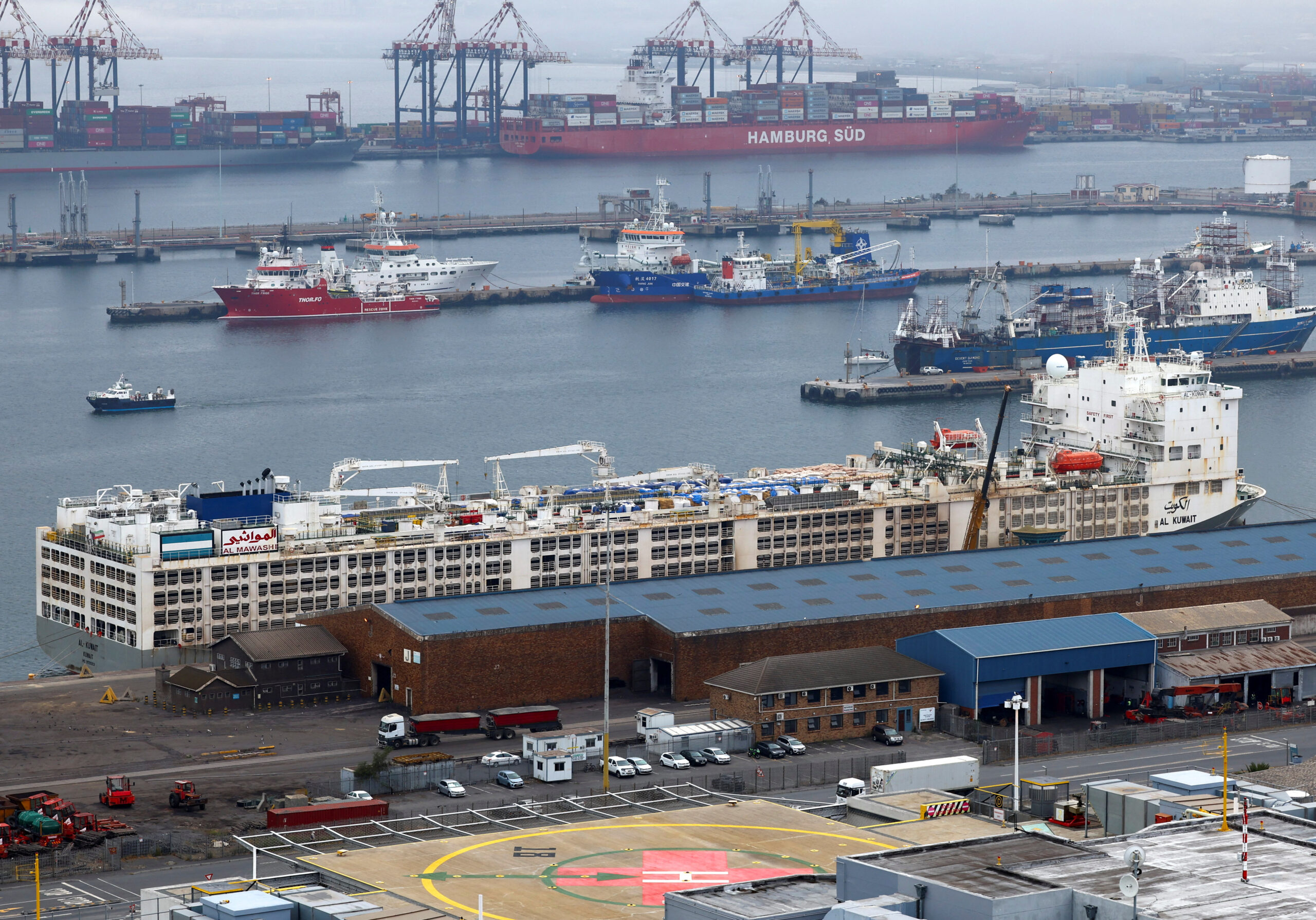(Bloomberg) —
Island nations scattered across the Pacific Ocean are at the center of an intensifying competition between China and the US for maritime routes, deep-water ports and other strategic assets in what the Lowy Institute calls a new “Great Game.”
The countries’ proximity to key shipping lanes and the communication cables that criss-cross the Pacific floor, together with fisheries and seabed minerals, also encourage the rivalry, Lowy said in a report on Wednesday. But it’s the region’s maritime location between Asia, North America and Australia that is set to keep it at the forefront of major powers’ defense strategies.
“The Pacific’s geopolitical landscape is increasingly crowded, with multiple powers vying for influence,” report authors Mihai Sora, Jessica Collins and Meg Keen said. “China is expanding its reach through diplomatic relations, infrastructure projects, and development finance, while traditional partners such as Australia and the US strive to maintain their influence.”
That’s a significant turnaround for island leaders who used to complain that western nations didn’t pay enough attention to the region. Lowy warns the new strategic focus is set to challenge good governance and transparency, given opportunities for local political actors to advance narrow interests over what best serves the people of the Pacific.
The Pacific region is further grappling with rising sea levels due to climate change, as well as a lost decade of development following Covid.
China is now a significant player in the Pacific via development finance, diplomatic outreach and infrastructure such as ports, airports and telecommunications. It’s also pushing to play a greater role in key sectors such as the military, policing, digital connectivity, and media, according to the report from the Sydney-based institute.
The US and its allies are also catching up. Since 2017, 18 new embassies have been established in the Pacific, including American outposts in Vanuatu and the Solomon Islands, while four have closed. Australia, which has opened six new Pacific posts since 2017, is the only country with a resident diplomatic presence in every sovereign Pacific nation.
“The frenetic tempo of global diplomatic outreach to the Pacific underscores the intensity of competition,” Lowy said. “But this sustained engagement can quickly overwhelm local systems” and may not bring “tangible benefits.”
Beijing’s loans and infrastructure investments have allowed it to bolster its presence at the expense of Taiwan, which has lost three diplomatic partners in the Pacific to China since 2019.
In 2022, China signed a security pact with the Solomon Islands, triggering concerns among western nations. That prompted the US and Australia to bolster security and other agreements with countries including Papua New Guinea. Canberra also signed an agreement with Tuvalu allowing its people to relocate to Australia as climate change worsens.
Ports and Infrastructure
The “Great Game” reference harks back to the 19th century competition for influence in Central Asia between the British Empire and Russia’s tsarist rulers.
One of the problems of great power attention in the Pacific is that local needs like poverty reduction, education, health and other key areas are ignored in favor of strategic projects like deep-water ports and communications infrastructure. Or locally, politicians use development funds to build stadiums and other high-profile projects at the expense of more pressing needs.
The number of individual donors to the Pacific increased to 82 in 2021 from 31 in 2008 and some Pacific Islanders are concerned about the capacity of regional architecture and national systems to manage and coordinate this activity, Lowy said.
“The extent of corruption in the Pacific, including ‘capture’ of the state by elites and private interests, has seen no material improvements across the years,” the Lowy report showed.
© 2024 Bloomberg L.P.

 Join The Club
Join The Club










